Ethereum’s ESP properties could boost ETF success
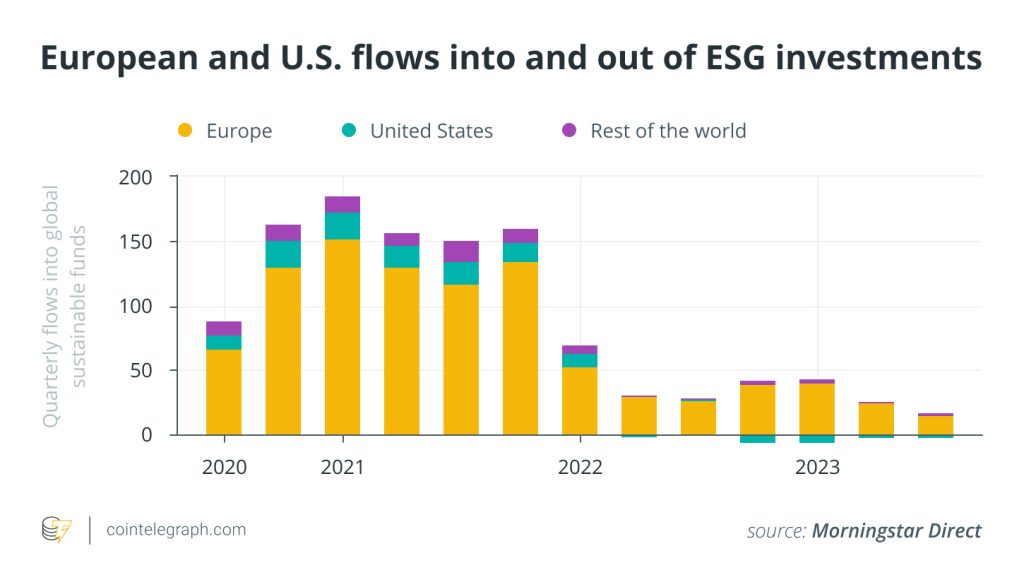
A spot Ether ETF could become a cross-over between the traditional and crypto markets.

After many years of rejected applications, the United States Securities and Exchange Commission approved a slew of spot Bitcoin exchange-traded fund (ETF) applications on Jan. 10.
Since launching, billions of dollars have been injected into the new Bitcoin (BTC) ETFs.
The SEC’s approval has many looking forward to the arrival of spot Ether (ETH) ETFs, with seven final approval deadlines coming up between May and August.

As with Bitcoin, a spot Ether ETF is expected to become a bridge between traditional investors and crypto markets.
Previously, institutional investors had no way to get exposure to crypto markets other than through proxies like MicroStrategy stock. With an ETF, institutional investors have an SEC-approved, regulated fund where they can allocate investments.
Institutional demand for cryptocurrencies has been on the rise, with continued interest since the first spot Bitcoin ETF launched.
Recent: A combination of AI and DeFi could benefit both industries
“There has been a clear uptick in interest across multiple financial institutions,” Manuel Villegas, digital assets specialist at private bank Julius Baer, told Cointelegraph.
Alongside this growing institutional adoption of cryptocurrencies is increasing attention to the environmental, social and governance (ESG) characteristics of investments. Firms have devoted billions of dollars to ESG investments, particularly in recent years.

Could spot Ether ETFs catapult demand for ETH due to its favorable ESG properties?
Christian Stoll, co-founder of the Crypto Carbon Ratings Institute (CCRI), told Cointelegraph:
“Ethereum’s positive performance concerning ESG considerations […] could potentially make it more attractive to institutions that are actively considering ESG and digital asset exposure.”
Stoll said that “within that [ESG] asset class, the ESG Benchmark shows Ethereum’s outperformance vs. other crypto assets.” On top of that, a spot Ether ETF could establish ETH as the only ESG-compliant crypto asset in the U.S. market.
What’s ESG investing, and why is it important for Ethereum?
With the exacerbation of climate change, major investors have come under increased scrutiny about where they put their money.
In an effort to create more sustainable financial networks, a group of banks and other investment firms — at the invitation of the United Nations — summarized the critical issues in a 2004 report titled “Who Cares Wins,” popularizing the term ESG.
ESG investing refers to a set of standards for a company’s behavior used by socially conscious investors to screen potential investments.
The potential for new ESG-compliant projects is enormous, as Larry Fink, CEO of $10 trillion asset manager BlackRock, wrote in his 2022 letter to CEOs:
“The next 1,000 unicorns won’t be search engines or social media companies, they’ll be sustainable, scalable innovators — startups that help the world decarbonize and make the energy transition affordable for all consumers.”
For 2024, Thomson Reuters Institute ESG strategist Natalie Runyon predicted that ESG will shift from being a peripheral element to a pivotal aspect of corporate business strategies. By 2025, global ESG assets are expected to reach $53 trillion.
Ether could absorb part of this investment branch if it were broadly considered an ESG asset. A spot Ether ETF would position ETH as the only ESG cryptocurrency that is an SEC-approved financial instrument.
The case for Ether as an ESG asset
Crypto data firm CCData and CCRI created an institutional-grade scoring system that evaluates digital assets’ ESG characteristics.

The data places Ether at the top position, followed by Solana (SOL) and Polkadot (DOT).

Environmental
Ether’s high ranking for ESG potential can primarily be attributed to Ethereum — the network underpinning the asset — switching from an energy-intensive proof-of-work (PoW) protocol to a much more energy-efficient proof-of-stake (PoS) one.
The network made the shift on Sept. 15, 2022, drastically cutting its energy consumption.
Mohammed AlKaff AlHashmi, co-founder of Islamic Coin and halal-compliant PoS blockchain HAQQ, told Cointelegraph:
“Ethereum’s transition to a proof-of-stake model significantly enhances its appeal to ESG-conscious investors. This shift to a more energy-efficient consensus mechanism aligns Ethereum with the growing demand for sustainable investment options.”
CCRI’s benchmark report from July 2023 highlighted this environmental factor, stating that the “differences in the magnitude of electricity consumption remain striking.”

Even with Bitcoin mining sustainability hitting a new all-time high, the contrast between PoW and PoS is undeniable. According to CCRI, PoS protocols can “consume 10,000 times less electricity than Bitcoin.”
The contrast between both validation protocols is reflected in CCRI’s carbon ratings index, which illustrates how cryptocurrencies with much less adoption than ETH and its Ethereum blockchain, such as Litecoin (LTC) or Bitcoin Cash (BCH), have much higher CO2 emissions and electricity consumption.

As a CCRI spokesperson explained to Cointelegraph, PoS emissions and energy consumption do not only come from transactions: “Node counts and hardware requirements are the key drivers of total network emissions.”
In the case of Solana, the “major driver [of emissions] is high hardware requirements,” whereas with Ethereum, it is the “network size represented by the high validator node count.” Both have almost identical environmental ratings, but the Ethereum blockchain has higher adoption and usage.
Even if PoS dramatically diminishes electricity consumption and CO2 emissions, there is still room for improvement. The September 2023 study “Post-Merge Carbon Footprint Analysis and Sustainability in the NFT Art Market” compares the footprint of the Ethereum blockchain to that of digital payment service Mastercard, concluding that as of Feb. 1, 2023:
“A single Ethereum transaction incurs an energy footprint of 0.04 kWh and emits 0.02 kg CO2. On the other hand, the Mastercard digital transaction system […] consumes just 0.0007 kWh per transaction.”

Ophelia Snyder, co-founder and president of 21.co — a sponsor and subadvisor for ARK Invest’s spot Ether ETF — told Cointelegraph that investors and the mainstream media tend to care only about the “E” in ESG analyses.
“People always forget the S and G part, which is a pity because, actually, this is important.”
Social
The “S” in ESG refers to the social element of investments — i.e., the relationships a firm may have with its workforce, the societies in which it operates and the political environment.
For Snyder, the social aspect should focus on “financial empowerment, liberty and inclusion — inclusion of underrepresented groups and financial infrastructure.” In her opinion, Ethereum has responded to some of these values.
The ESG Benchmark quantifies these social values by concentrating its analysis on the security, accessibility and community of each blockchain.

CCRI wrote that security is a top priority for the blockchain industry, “evidenced by the implementation of bug bounty programs in 80% of projects.”
It further stated that this focus on safeguarding customer funds “aligns with the principles of ESG, highlighting the industry’s dedication to responsible and secure practices that ensure the long-term integrity and trustworthiness of the blockchain ecosystem.”
One of the points where Ethereum and the industry need to improve is in lowering transaction costs, thereby providing more inclusive entry for all types of users.
CCRI’s July 2023 report highlights the “effectiveness of the Layer2 solutions in addressing this issue,” but adds that their “widespread adoption appears to be progressing slowly due to the concentration of transactions on Layer 1 blockchains.”
One key factor to improve is the concentration of wealth and power among blockchain protocols. The report states that “the unequal distribution of protocol tokens significantly undermines fairness within the industry, posing a substantial threat to inclusivity.”
When asked about centralization concerns arising from Ethereum’s switch to PoS, CCData research lead Joshua de Vos told Cointelegraph:
“Ethereum is one of the top performers regarding the distribution of tokens among top wallets. By design, proof-of-stake and liquid staking protocols allow for a larger number of individuals to participate in securing the underlying blockchain.”
Governance
Governance within a blockchain community may be the ultimate proof of a healthy ecosystem.
Snyder said that “decentralization and transparency are a big part of how you think about good governance,” two of the core principles of the blockchain industry.
She highlighted aspects such as “staking from home, staking through community nodes and participation in EIP proposals.” Thanks to this activity, Ethereum’s network rates high in this ranking.
However, many blockchains lack an engaged community. There are myriad examples of decentralized autonomous organizations, reliant on governance interaction, that have failed due to inactivity.
As per the CCRI report, only 15% of the studied cryptocurrencies had “an average voter turnout greater than 50%,” showing low participation rates.
CCRI uses the Nakamoto Coefficient, which measures the decentralization of a blockchain network by calculating the minimum number of nodes/validators required to compromise the network or carry out a 51% attack against it.
Networks with a higher coefficient are more decentralized, while a lower number represents more centralization, as a smaller number of addresses have a significant token supply.
The report concludes that there is an overall “lack of decentralisation,” as only 22.5% of studied cryptocurrencies have a Nakamoto Coefficient of over 50.
Notably, 55% of the blockchains with a high Nakamoto Coefficient used PoW, demonstrating the differences regarding decentralization between both consensus mechanisms.
For ESG ratings, this is an important metric, as “decentralization brings benefits that may overcompensate the climate impacts,” the CCRI spokesperson told Cointelegraph.

Ethereum is in second place, with Polkadot leading the pack thanks to its nominated proof-of-stake consensus mechanism.
Solana is not among the top five, as one significant metric is rated based on “historical governance activity in terms of the number of proposals and updates executed by each chain,” CCData’s de Vos told Cointelegraph.
Simply put, Ethereum has a longer history than Solana; therefore, it has a substantial advantage in this area.
Ether ETF could renew interest in ESG
Despite firms making big claims about their ESG goals, ESG markets are suffering from an identity crisis and outflows due to market conditions.
“Greenwashing” — i.e., misrepresenting one’s ESG commitments in what has become a highly politicized arena — has turned ESG into a “weaponized” term, according to BlackRock’s Fink.
Recent: Could Bitcoin ETF approvals spark memecoin bull run?
Ultimately, investors follow the money, which may be the main problem with the ESG markets. In the United States, inflows into ESG-labeled funds have slowed amid poor performance.

While Fink had in 2020 promised a “fundamental reshaping of finance” that would put “sustainability at the center of our investment approach,” market forces have seen interest in ESG decline.
An ESG-compliant asset in the form of a spot Ether ETF could be one way to renew interest.
ESG investors would have access to an asset with promising future performance, with British bank Standard Chartered having projected ETH to soar to $4,000 by the expected ETF approval date of May 23.


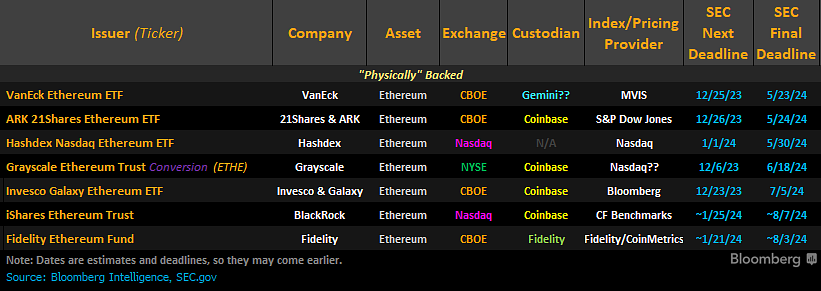
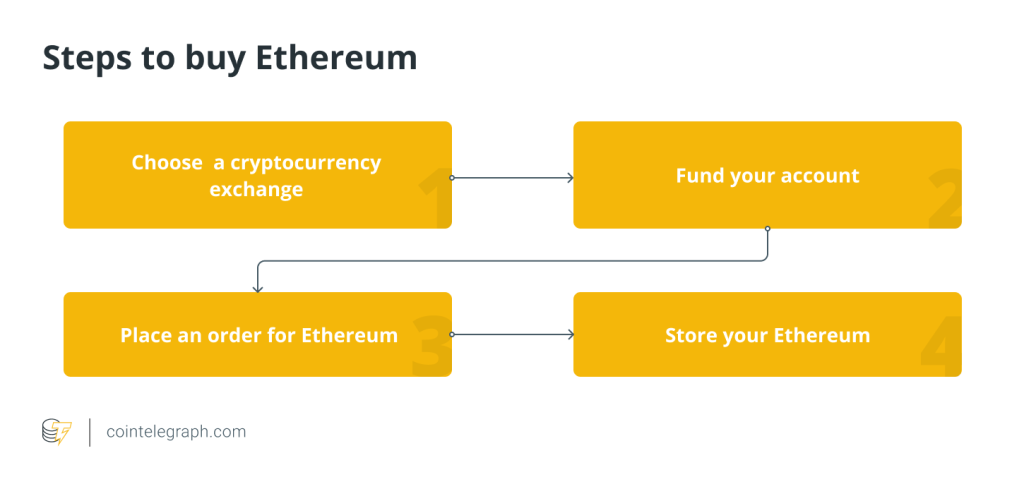
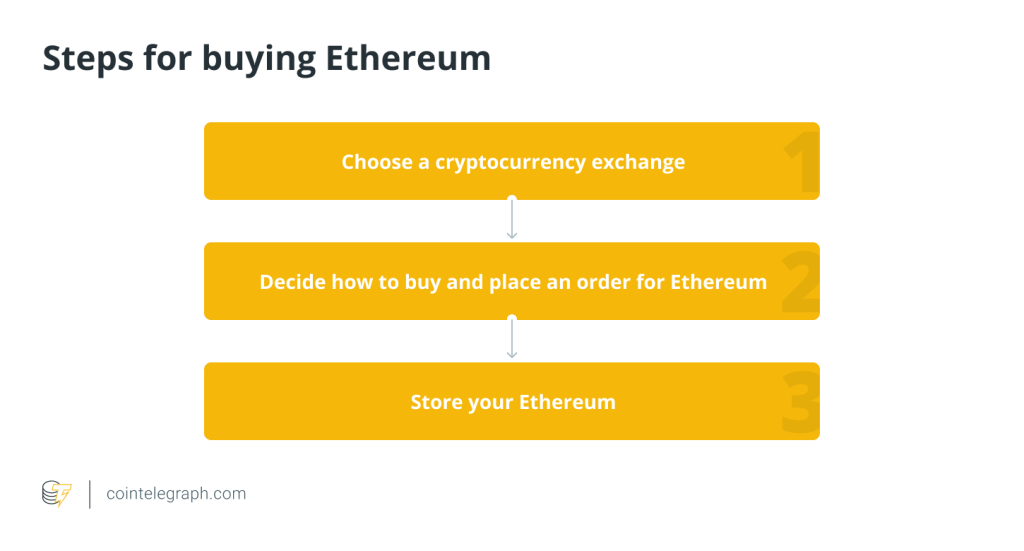
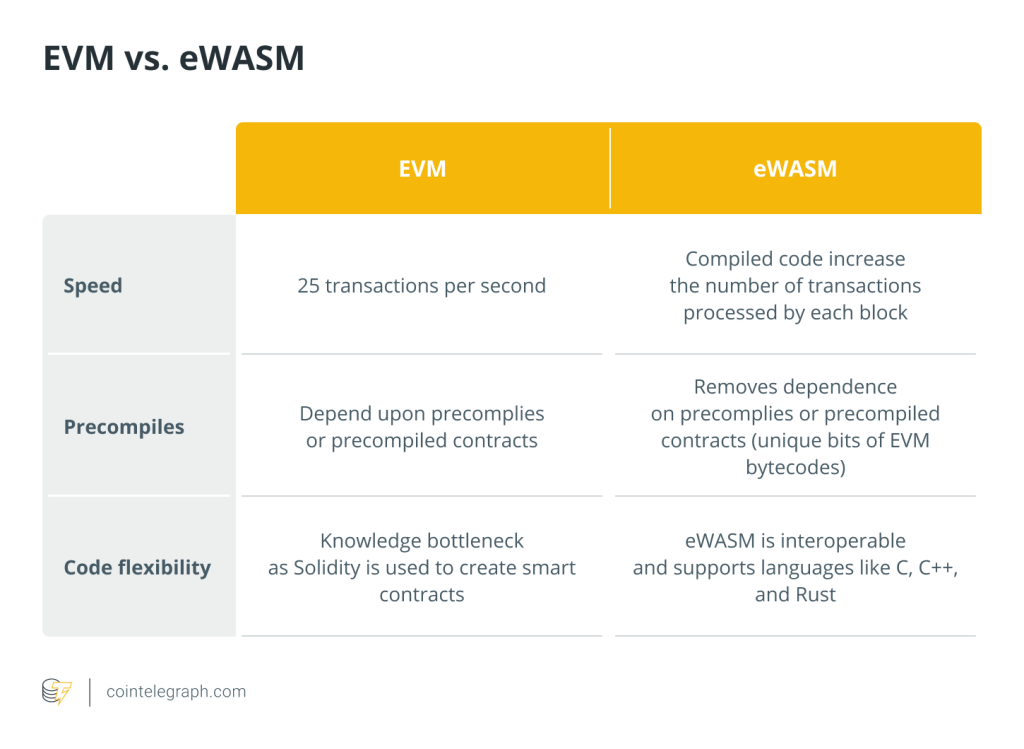
… [Trackback]
[…] There you will find 68289 more Info to that Topic: x.superex.com/news/ethereum/4248/ […]
… [Trackback]
[…] Read More Information here on that Topic: x.superex.com/news/ethereum/4248/ […]
… [Trackback]
[…] There you will find 70212 additional Info to that Topic: x.superex.com/news/ethereum/4248/ […]
… [Trackback]
[…] Here you can find 32249 additional Information on that Topic: x.superex.com/news/ethereum/4248/ […]
… [Trackback]
[…] Find More here on that Topic: x.superex.com/news/ethereum/4248/ […]
… [Trackback]
[…] Read More here to that Topic: x.superex.com/news/ethereum/4248/ […]
… [Trackback]
[…] Find More to that Topic: x.superex.com/news/ethereum/4248/ […]
… [Trackback]
[…] Here you will find 16923 additional Information on that Topic: x.superex.com/news/ethereum/4248/ […]
… [Trackback]
[…] Information on that Topic: x.superex.com/news/ethereum/4248/ […]
… [Trackback]
[…] Information to that Topic: x.superex.com/news/ethereum/4248/ […]
… [Trackback]
[…] There you will find 75356 additional Information to that Topic: x.superex.com/news/ethereum/4248/ […]
… [Trackback]
[…] There you will find 10111 more Info to that Topic: x.superex.com/news/ethereum/4248/ […]
… [Trackback]
[…] Read More on that Topic: x.superex.com/news/ethereum/4248/ […]
… [Trackback]
[…] Info to that Topic: x.superex.com/news/ethereum/4248/ […]
… [Trackback]
[…] Information on that Topic: x.superex.com/news/ethereum/4248/ […]
… [Trackback]
[…] Find More Info here to that Topic: x.superex.com/news/ethereum/4248/ […]
… [Trackback]
[…] Find More to that Topic: x.superex.com/news/ethereum/4248/ […]
… [Trackback]
[…] There you will find 609 additional Info to that Topic: x.superex.com/news/ethereum/4248/ […]
… [Trackback]
[…] Find More on to that Topic: x.superex.com/news/ethereum/4248/ […]
… [Trackback]
[…] Information on that Topic: x.superex.com/news/ethereum/4248/ […]
… [Trackback]
[…] Find More on that Topic: x.superex.com/news/ethereum/4248/ […]